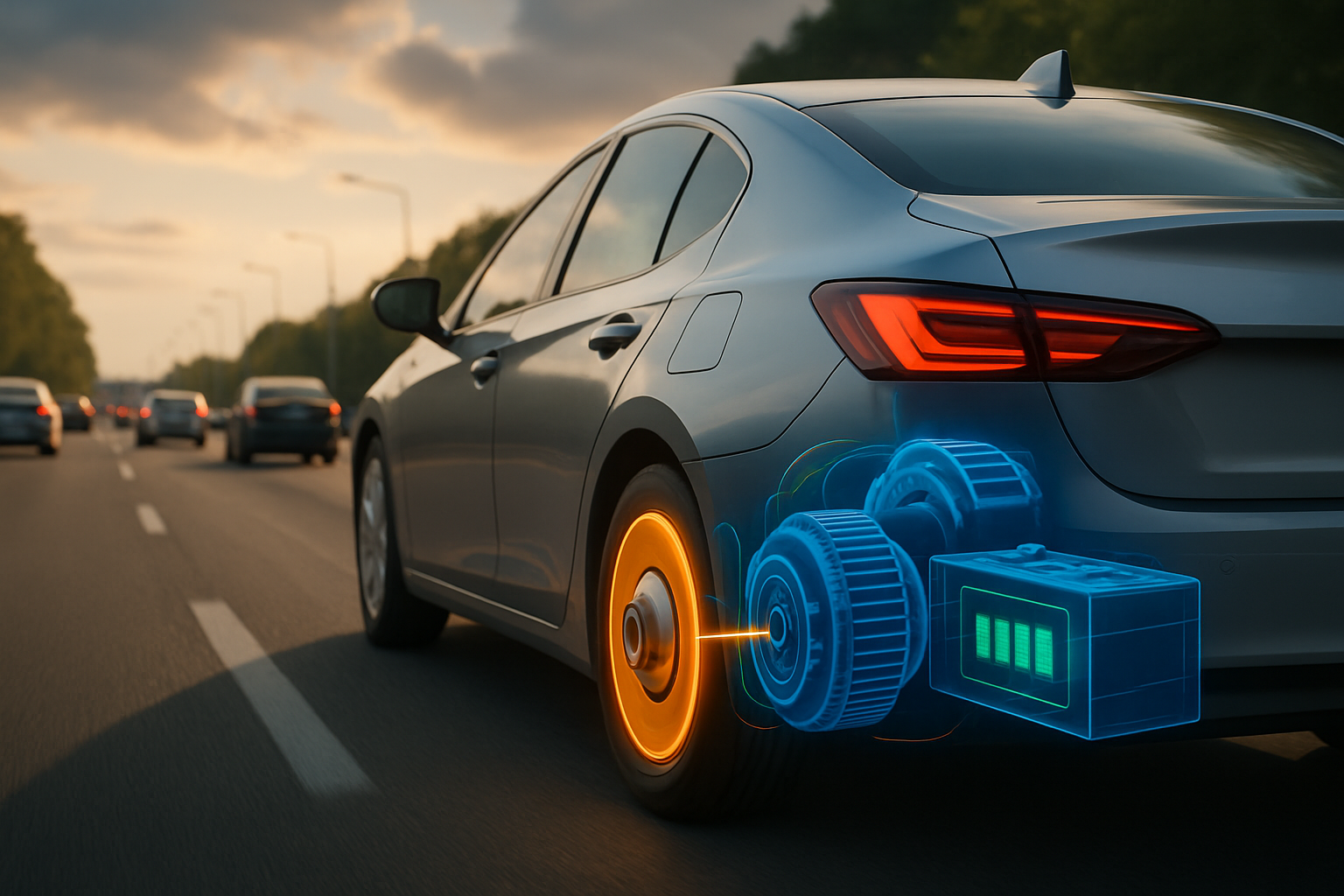Thermal Management Revolution: Harnessing Phase Change Materials in Automotive Cooling
The world of automotive engineering is constantly evolving, with innovations emerging to enhance vehicle performance, efficiency, and sustainability. Among these advancements, a groundbreaking approach to thermal management is gaining traction: the use of phase change materials (PCMs) in automotive cooling systems. This technology promises to revolutionize how we manage heat in vehicles, potentially leading to significant improvements in fuel efficiency, battery life, and overall vehicle performance.

The Science Behind Phase Change Materials
Phase change materials are substances that can absorb, store, and release large amounts of thermal energy during their phase transition – typically from solid to liquid and back again. This process occurs at a nearly constant temperature, making PCMs ideal for temperature regulation applications. In automotive contexts, these materials can absorb excess heat during vehicle operation and release it when temperatures drop, effectively acting as a thermal battery.
The most common PCMs used in automotive applications are organic compounds, such as paraffin waxes and fatty acids. These materials have high latent heat capacities, meaning they can store and release significant amounts of thermal energy without changing temperature. This property makes them particularly useful for managing temperature fluctuations in various vehicle systems.
PCMs in Engine Cooling Systems
One of the most promising applications of PCMs in automotive cooling is in engine thermal management. Traditional liquid cooling systems rely on a continuous flow of coolant to remove heat from the engine. However, these systems can be inefficient during cold starts and may struggle to maintain optimal temperatures during varying driving conditions.
By incorporating PCMs into engine cooling systems, engineers can create a more responsive and efficient thermal management solution. During cold starts, PCMs can release stored heat to warm the engine more quickly, reducing wear and improving fuel efficiency. As the engine reaches operating temperature, the PCMs absorb excess heat, preventing overheating and maintaining optimal performance.
Enhancing HVAC Efficiency with PCMs
Vehicle climate control systems are notorious energy consumers, particularly in electric and hybrid vehicles where every watt of power is precious. PCMs offer an innovative solution to this challenge by serving as thermal energy storage units within the HVAC system.
By strategically placing PCM modules throughout the vehicle cabin, engineers can create a more stable and comfortable environment while reducing the load on the air conditioning compressor. During periods of high solar gain, PCMs absorb excess heat, helping to maintain a comfortable cabin temperature. When external temperatures drop, the stored heat is released, reducing the need for energy-intensive heating.
PCMs in Battery Thermal Management
As the automotive industry shifts towards electrification, battery thermal management has become a critical area of focus. The performance, lifespan, and safety of lithium-ion batteries are highly dependent on maintaining optimal operating temperatures. PCMs offer a passive, low-energy solution to this challenge.
By incorporating PCM modules into battery packs, engineers can create a more stable thermal environment for the cells. During charging and high-load operation, PCMs absorb excess heat, preventing temperature spikes that could degrade battery performance or pose safety risks. In cold conditions, the stored heat can be released to bring the battery up to optimal operating temperature more quickly, improving range and performance.
Manufacturing and Integration Challenges
While the potential benefits of PCMs in automotive cooling are significant, their widespread adoption faces several challenges. One of the primary hurdles is the integration of PCM modules into existing vehicle designs. Engineers must develop new manufacturing processes and redesign components to accommodate PCM technology effectively.
Another challenge lies in selecting the right PCM for each application. Different vehicle systems have varying temperature requirements, and PCMs must be carefully chosen to match these needs. Additionally, the long-term stability and cycling performance of PCMs must be thoroughly tested to ensure they can withstand the harsh conditions and lengthy service life expected of automotive components.
The Future of Automotive Thermal Management
As the automotive industry continues to push the boundaries of efficiency and performance, innovative thermal management solutions like PCMs will play an increasingly important role. The potential benefits of this technology extend beyond just cooling – they could enable new design possibilities, improve vehicle range and efficiency, and enhance overall user comfort.
Looking ahead, we can expect to see more vehicles incorporating PCM technology in various systems. From engine blocks to battery packs, from HVAC systems to power electronics cooling, phase change materials offer a versatile and efficient solution to the complex thermal management challenges faced by modern vehicles.
As research in this field progresses, we may see the development of new, more efficient PCMs specifically tailored for automotive applications. These advancements could lead to even greater improvements in vehicle performance, efficiency, and sustainability, further cementing the role of PCMs in the future of automotive engineering.
The integration of phase change materials into automotive cooling systems represents a significant leap forward in thermal management technology. As the industry continues to evolve, this innovative approach promises to play a crucial role in shaping the next generation of high-performance, efficient, and environmentally friendly vehicles.





